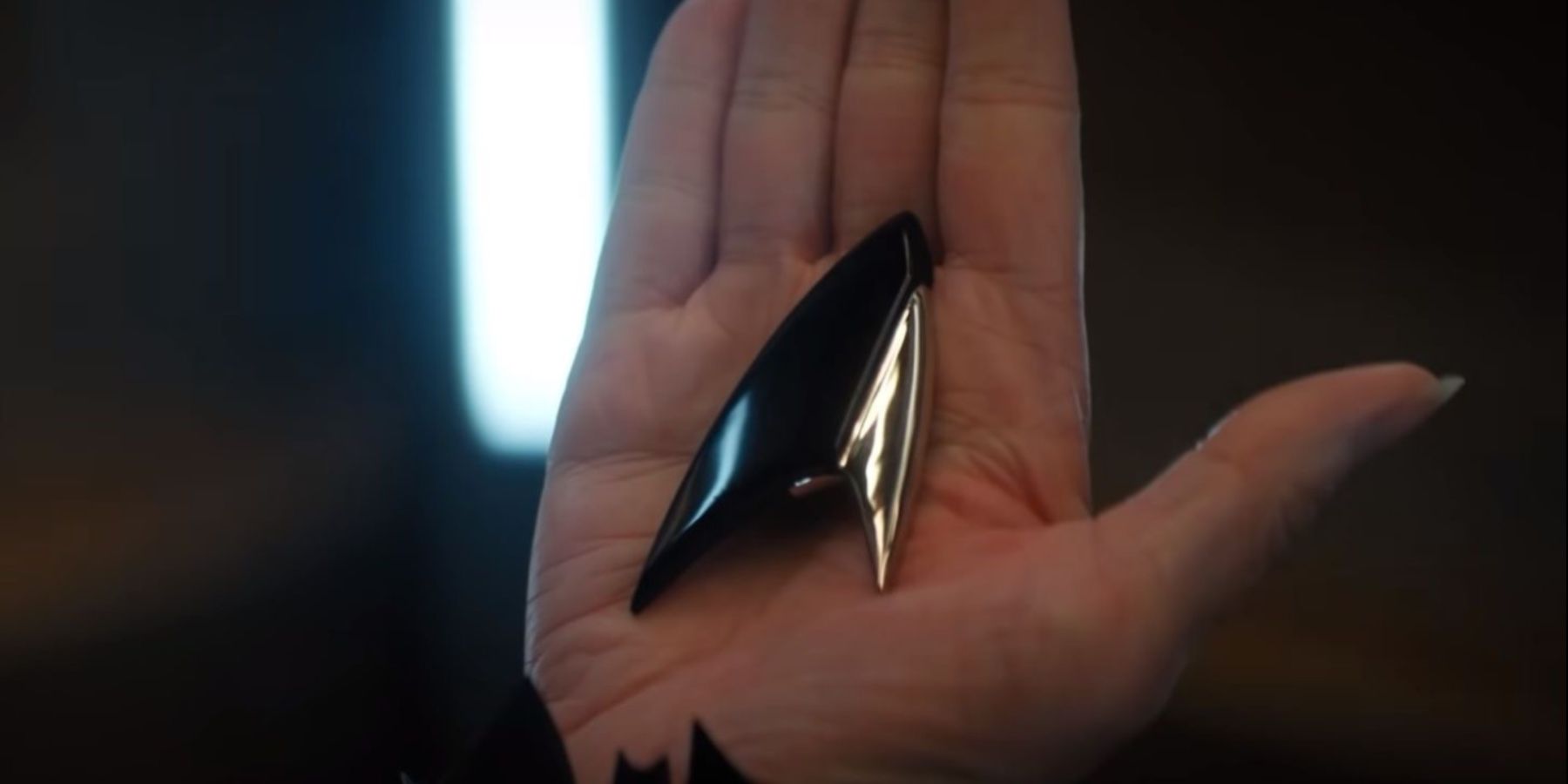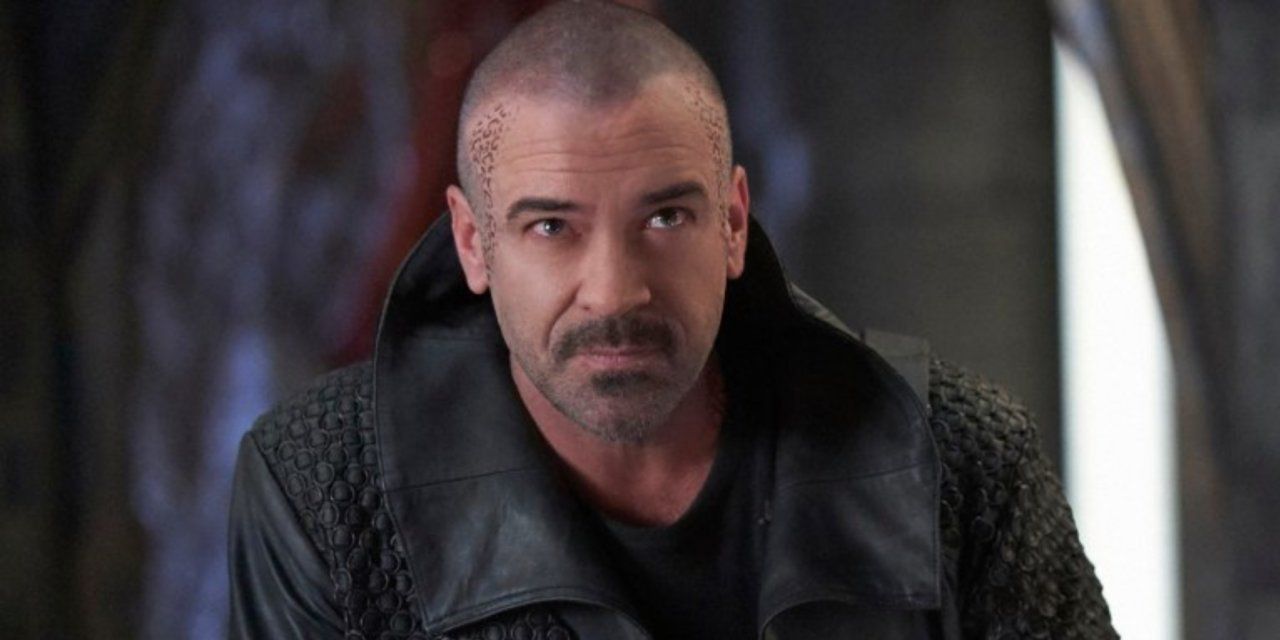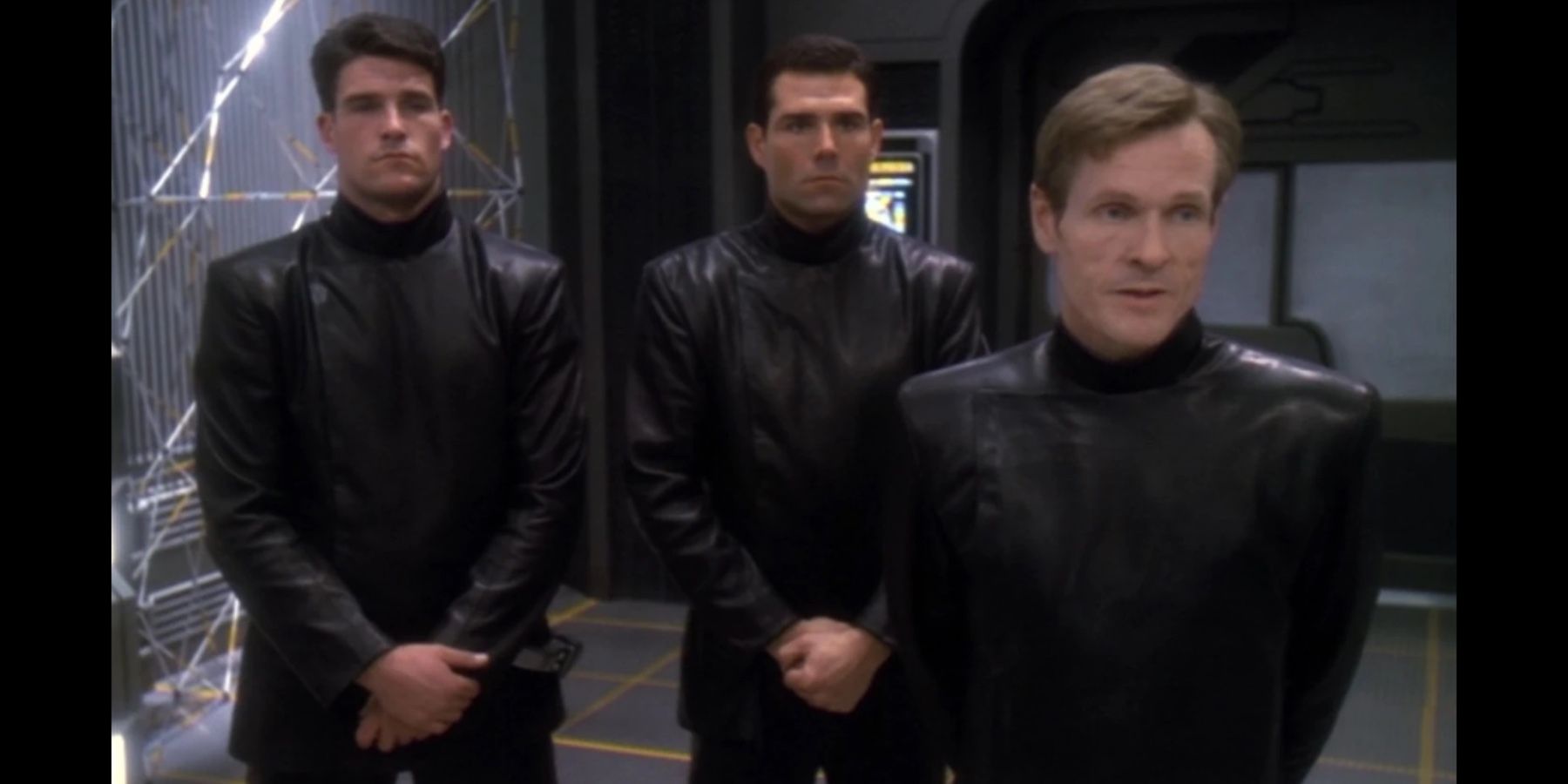Since the creation of Star Trek in the late 60s, much has been added to the show. With each iteration into the franchise, a deeper understanding and complexity to the various systems that make up the world are brought into light. The years of dedication and storytelling amount to a well crafted fiction that feels incredibly realistic. Complex socio-political structures have been born, and a staggering amount of logical fictional science helped explain the various sci-fi technologies found within the show. Some were so genius that they influenced the real world.
One of the more mysterious and darker additions to the Star Trek universe is Starfleet's Section 31. This shadowy organization has been around for some time, but it remains steeped in secrecy. What exactly is Section 31, and how does it come into play in various Star Trek stories?
Section 31 was a natural consequence of the franchise taking a more morally complex approach to the Star Trek universe. Later shows showed Starfleet to be far from the pinnacle of humanity it was presented to be in the Original Series, something creator Gene Roddenberry strove for. It was an organization that operated adjacent to Starfleet, largely considered a rogue organization unsanctioned by Starfleet and the Federation. However, they claim to be protectors of Earth, always looking out for the best interests of the Federation. The shift happened somewhere between the 23rd and 24th century, having been an integral part of Starfleet intelligence before they were officially disbanded. Their methods are often extreme and morally ambiguous, crossing lines to protect lives no matter what the cost.
Their guiding principle, and where they derived their namesake, comes from the original Starfleet Charter, the legal document from the establishment of Starfleet. This was the same document where the classic phrase “To boldly go where no man has gone before” came from. In this document, Article 14, Section 31 stipulated that extreme measures may be taken in times of threat, and that in these times, regulations may be broken or bent to best serve and protect the safety of the Federation. Despite being officially disbanded, Section 31 continued in the shadows honoring this chapter stipulation, and their presence is shown throughout many shows in the Franchise. The order had their own insignia, a black Starfleet badge, which was pretty strange given they were supposed to be a secret organization. Their existence was kept a secret, with only a few people knowing of their operations.
What made Section 31 so scary was not that they could break and bend the rules to further the Federation, but they could not be held accountable for their actions. They chose what would be best for Starfleet, killing, framing, threatening, and manipulating situations to further what they believed to be the best thing for everyone, despite never asking what people wanted. A prime example of this was their attempted genocide of the Founders/Changeling race during the Dominion war through the use of biological warfare. This would have never been sanctioned by any upstanding Starfleet officer, but Section 31 deemed it the right thing to do to put an end to the war.
The man-made virus not only slowly killed members of the Founder race, but forced their skin to start flaking off, making it impossible for them to continue infiltrating powers of the Alpha Quadrant and toppling empires from within. It was a great aid to the war effort, but one that came with a steep price. Thankfully, a cure was found and used to put an end to the conflict. However, an equally likely outcome would have been the annihilation of their race, all at the hands of Section 31.
While Section 31's presence during this time was one of established moral ambiguity, the fact they operated outside the jurisdiction of Starfleet meant they were always the scapegoat for all ‘evil’ committed in the name of good. The writers relied far too heavily on the accountability for these actions being placed on an outside organization, rather than sullying the good name of the military adjacent Starfleet. Despite many blunders over the years, the latter are always presented as a beacon of moral purity. Many fans think that the impact of their attempted genocide would have been greater if it were sanctioned by a sacred and nearly defeated Starfleet. Instead, the blame for the evil acts fell to Section 31, whileeveryone benefited innocently from their actions.
In future depictions of the nefarious black-ops organization, it would be great to see what exactly their relationship is with Starfleet. It would be fascinating to explore whether what they do in the shadows is really as secretive and unsanctioned as audiences have been led to believe.



